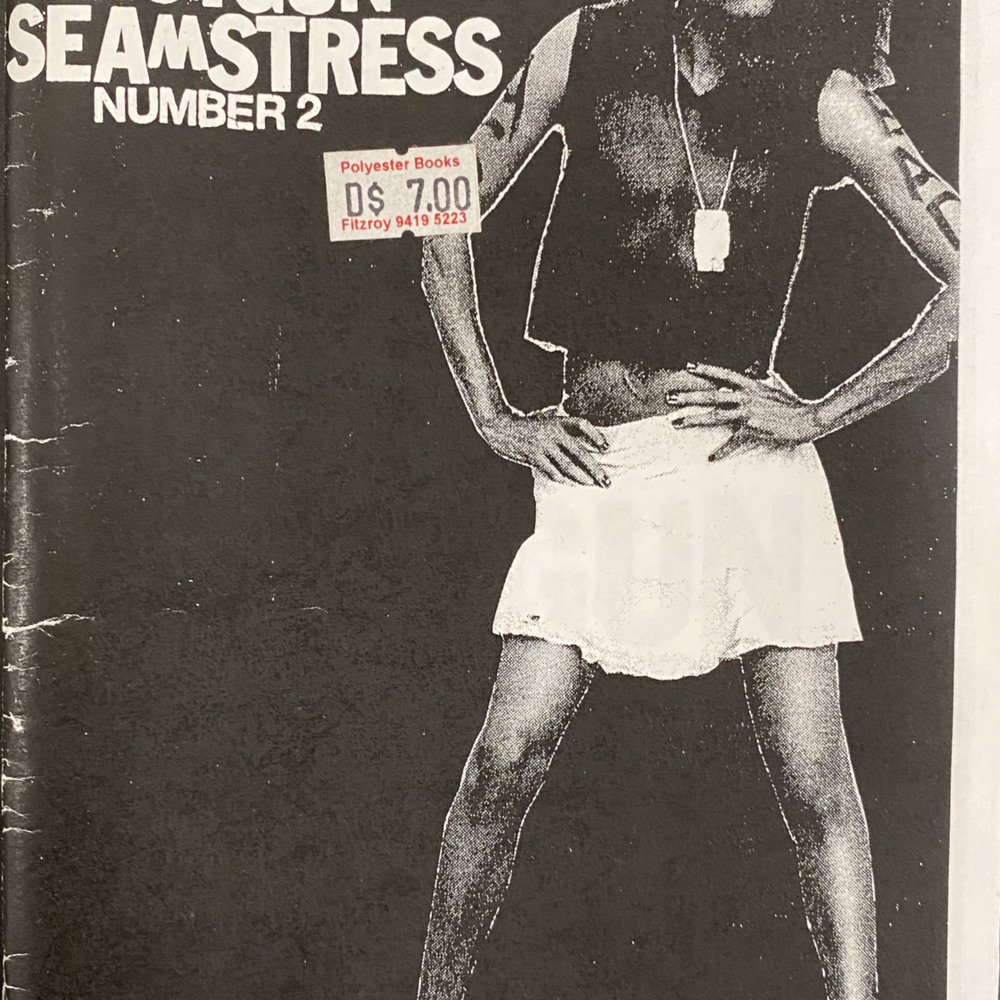Zines
Click each image to view additional photos
The term “zine” traces its lineage back as early as the 1920s when die-hard science fiction fans began producing and circulating mimeographed fanzines to review and network about their favorite authors and stories. In the 1970s, the do-it-yourself (DIY) ethic of the punk scene ushered in a new era of zine production that involved free or "borrowed" supplies and grassroots distribution methods. Out of the punk scene, the queercore (1980s) and riot grrrl (1990s) scenes materialized, representing two groups that had grown tired of being marginalized by the predominantly-white, heterosexual male stranglehold on the subculture. The two scenes took heavily to zine production as an intimate and, when necessary, anonymous, way of sharing their experiences in the scene and in life generally. Heavy subjects, including racism, sexual violence, abuse, abortion, body image, self harm and mental illness, were frequently the content of these zines, which gave people a voice when they otherwise would not have one.
As the short-lived riot grrrl phenomenon faded in the mid-1990s and became the topic of journalism and scholarship, people of color began adding their voices to the history, pointing out that riot grrrl was not representative of all womxn or queer punks. In fact, the movement had the unfortunate effect of whitewashing what had, in fact, been and remains a very diverse scene. In 2010, the People of Color Zine Project issued a call to promote and bring awareness to zines produced by people of color. From that project, a wave of existing and new BIPOC zine-makers carried the DIY legacy forward in a truly inclusive way.
SCUA holds an extensive collection of zines and minicomics by a widely representative body of authors on virtually any topic imaginable, some dating to the 1970s but most dating from the 1990s forward. Production techniques range widely, from the classic cut n’ paste and typewritten methods associated with the DIY movement to digitally produced and risograph- or screen-printed productions that allow for larger print runs and more advanced design elements. Displayed here are just a few titles (cover images only, with respect to individuals' online privacy) from the collection.






